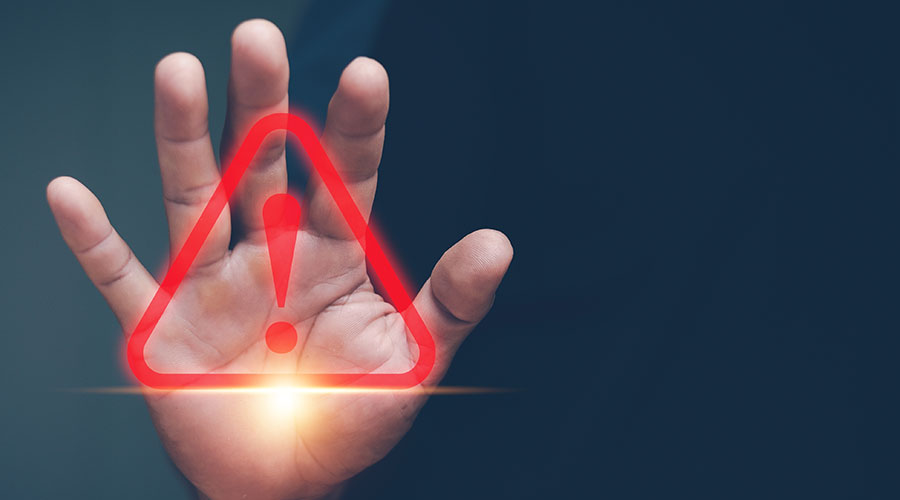Global Handwashing Day aims to spread the word about how everyone can benefit from washing hands with soap and clean water, but for many children, this simple action can be life-saving.
Worldwide, diarrhea and pneumonia are leading causes of death for children under the age of five, according to the Global Handwashing Partnership. Handwashing with soap is among the most effective and inexpensive ways to prevent these diseases.
In 2018 a global assessment from UNICEF and WHO showed that 53% of schools worldwide lack handwashing facilities with water and soap. Additional research found that globally children lose 443 million school days each year because of water-related illnesses.
“Without handwashing facilities in schools, children become more predisposed to all kinds of illnesses, affecting their ability to learn, grow and thrive,” said Jon Dommisse, director of strategy and corporate development for Bradley Corp. “Regular handwashing with soap and water is one of the best ways to protect our children’s health and education.”
Handwashing habits of American students
While handwashing fixtures are much more accessible to children attending school in the U.S., that doesn’t always mean that students are following through. Just 60% of high school students say they always wash their hands before leaving the school restroom, according to the Healthy Hand Washing Survey conducted by Bradley Corporation. Students’ top reasons for not washing include: no soap or paper towels; not enough time to wash; and the sinks weren’t working or were unclean.
Even though most schools don’t post handwashing reminders, they might consider it. “The survey found that 57% of students say they’d be more likely to wash if there was a sign in the restroom. Just a simple reminder – along with soap and water – can make a positive impact,” Dommisse said.
Critical times to wash hands
The Global Handwashing Partnership, a coalition of public and private sectors, emphasizes that washing with soap and water can save lives of all ages, cutting diarrhea by almost one-half and acute respiratory infections by nearly one-quarter. On a global scale, people wash their hands only 19% of the time after using the toilet or changing a child’s diaper. In some parts of the world, handwashing with soap happens just one or two percent of critical times that can deter contamination.
For the greatest health benefits, particularly to children, the Global Handwashing Partnership says the most important times to wash hands are after contact with feces (such as using the toilet or cleaning a child) and before contact with food (preparing food, eating or feeding a child).
The Centers for Disease Control and Prevention (CDC) also recommends washing hands:
· After blowing your nose, coughing, or sneezing
· After contact with an animal, animal feed, or animal waste
· After handling pet food or pet treats
· After touching garbage
“In the spirit of Global Handwashing Day, it’s incumbent upon schools, businesses and all facilities to provide clean handwashing facilities to encourage thorough handwashing,” Dommisse said.
 The Effect of Over-Cleaning on Human Health
The Effect of Over-Cleaning on Human Health Rumored Terror Threat to Hospitals Prompts FBI Warning
Rumored Terror Threat to Hospitals Prompts FBI Warning Ground Broken on New Johns Hopkins All Children's Hospital
Ground Broken on New Johns Hopkins All Children's Hospital States Move Forward to Better Protect Senior Citizens
States Move Forward to Better Protect Senior Citizens Archer and REDA to Transform Newport Beach Building into Outpatient Center
Archer and REDA to Transform Newport Beach Building into Outpatient Center